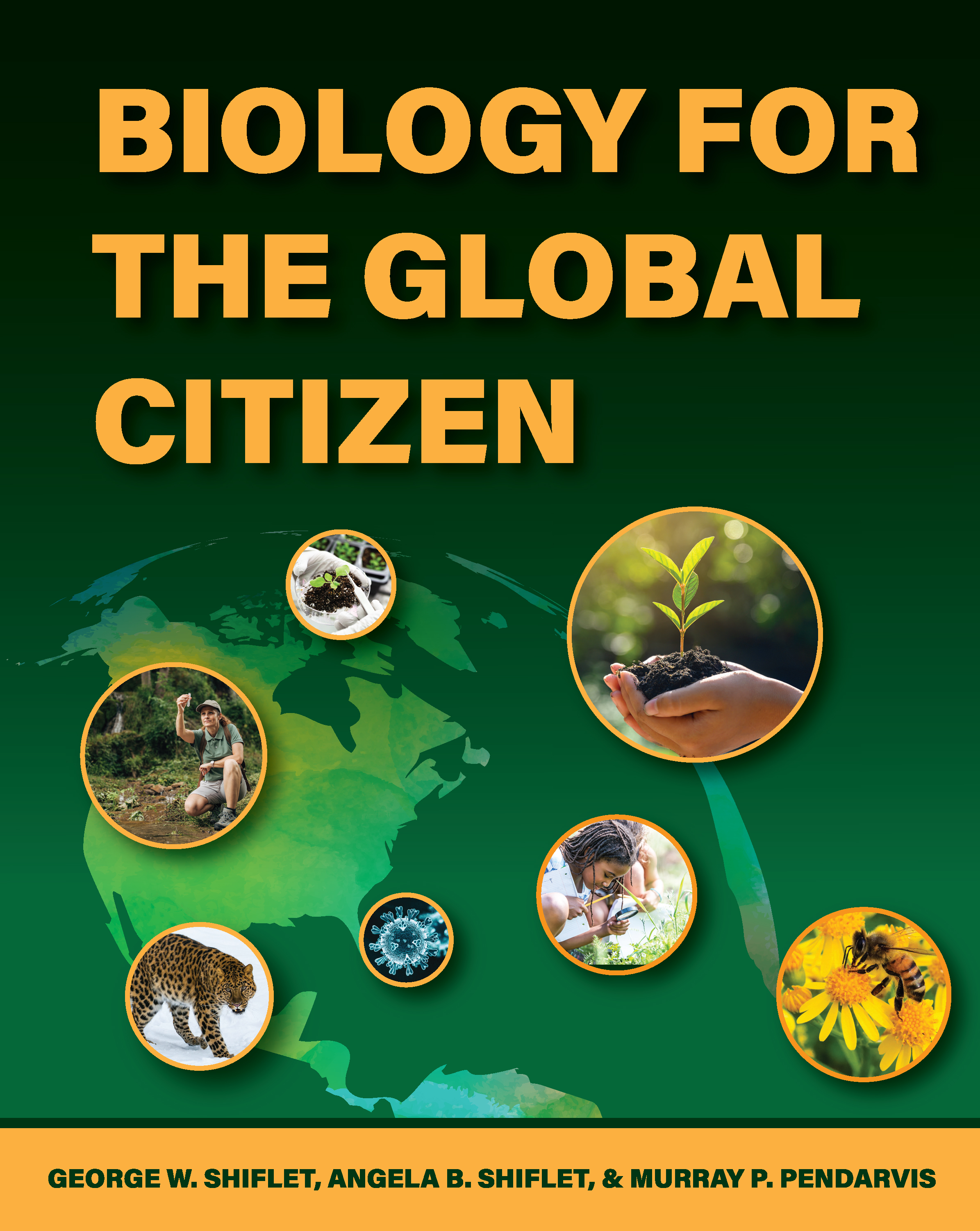in Science

|
What's News in Science 
|
Seeding Cartilage Growth
by George Shiflet
|
In this report, you will need to understand what stem cells are. If you already are familiar with stem cells, you can skip the following short description.
Stem Cells
When an egg is fertilized, it becomes a zygote, which will begin to divide. After three to five days, cell divisions lead to the production of a blastocyst (hollow ball of cells). The inner mass of cells of this blastocyst are unspecialized cells that will continue dividing, producing more and more specialized cells that will form all of the various tissues and organs of the body. The original mass of cells are called embryonic stem cells (ESC). At this early stage of development, each of these cells has the potential to become any cell type in the body (pluripotent). When these cells divide, most progeny become more specialized, losing their pluripotent status, forming mature cell types (e.g., muscle, skin, nerve, etc.). There are some inner-mass cells from the blastocyst that remain unspecialized, lurking in various tissues throughout the body. These cells, called tissue-specific stem cells, have lost their pluripotency but retain the potential to mature into a smaller array of distinct cell types. In this news report, we focus on one special type of tissue-specific stem cell, called the skeletal stem cells. These cells can mature into new cartilage, bone, or support cells within the bone marrow.
In the United States, more than 55 million adults suffer from osteoarthritis (Figure 1). Furthermore, millions more complain of soreness and inflammation in their joints. Characteristic of these joints is loss or damage of the smooth, slippery articular cartilage, which covers the ends of bones, that cushions and reduces friction between the bones as they move over each other. Active human beings put a lot of pressure and stress on joints. When this cartilage is damaged or lost, bones may rub against each other, leading to pain, inflammation, and injury. Cartilage has no intrinsic blood supply, so it generally does not repair itself, although there are arthroscopic repairs that may help. Otherwise, joint replacement is a common orthopedic procedure, and doctors perform about a million such surgeries each year in the United States. Unfortunately, each replacement eventually will need to be replaced, and joint replacement is a very invasive procedure.

Figure 1. Diagrams showing normal healthy knee and an osteoarthritic knee. Note the deterioration of the cartilage (purple), revealing underlying bone tissue.
Copyright © by BruceBlaus (CC BY-SA 4.0) at https://commons.wikimedia.org/wiki/File:Osteoarthritis.png.
Recently, scientists at Stanford University have had success in stimulating residual skeletal stem cells to regrow articular cartilage in mice. The skeletal stem cells generally form new bone, but as new bone develops, these stem cells first produce a layer of cartilage. Using strains of arthritic mice, the researchers used a chemical factor that promotes new bone formation from stems cells. When these cells formed cartilage, another factor was administered to stop the development of bone, leaving the cartilage. Following the growth of cartilage in their joints, arthritic mice moved with less limping and less grimacing. (Yes, mice are one of the few animals that can grimace!) Further experiments with implanted human bone worked just as well. Future experiments will be performed with larger experimental animals, and if the results are acceptable, human trials, focusing first on toe or finger joints, will be conducted.
Hopefully, manipulation of stem cells, already present in the skeleton, may lead to a safe and effective treatment for arthritis and joint inflammation soon (Figure 2).

Figure 2. Histological slice of mouse knee. The cartilage covers the end surface of the knee, stained purple. Bone is shown in blue.
Copyright © by Kevin Mackenzie (CC BY 4.0) at https://commons.wikimedia.org/wiki/File:Cartilage_from_mouse_joint.jpg.
Murphy, Matthew P., Lauren S. Koepke, Michael T. Lopez, Xinming Tong, Thomas H. Ambrosi, Gunsagar S. Gulati, Owen Marecic et al. "Articular cartilage regeneration by activated skeletal stem cells." Nature Medicine (2020): 1-10.